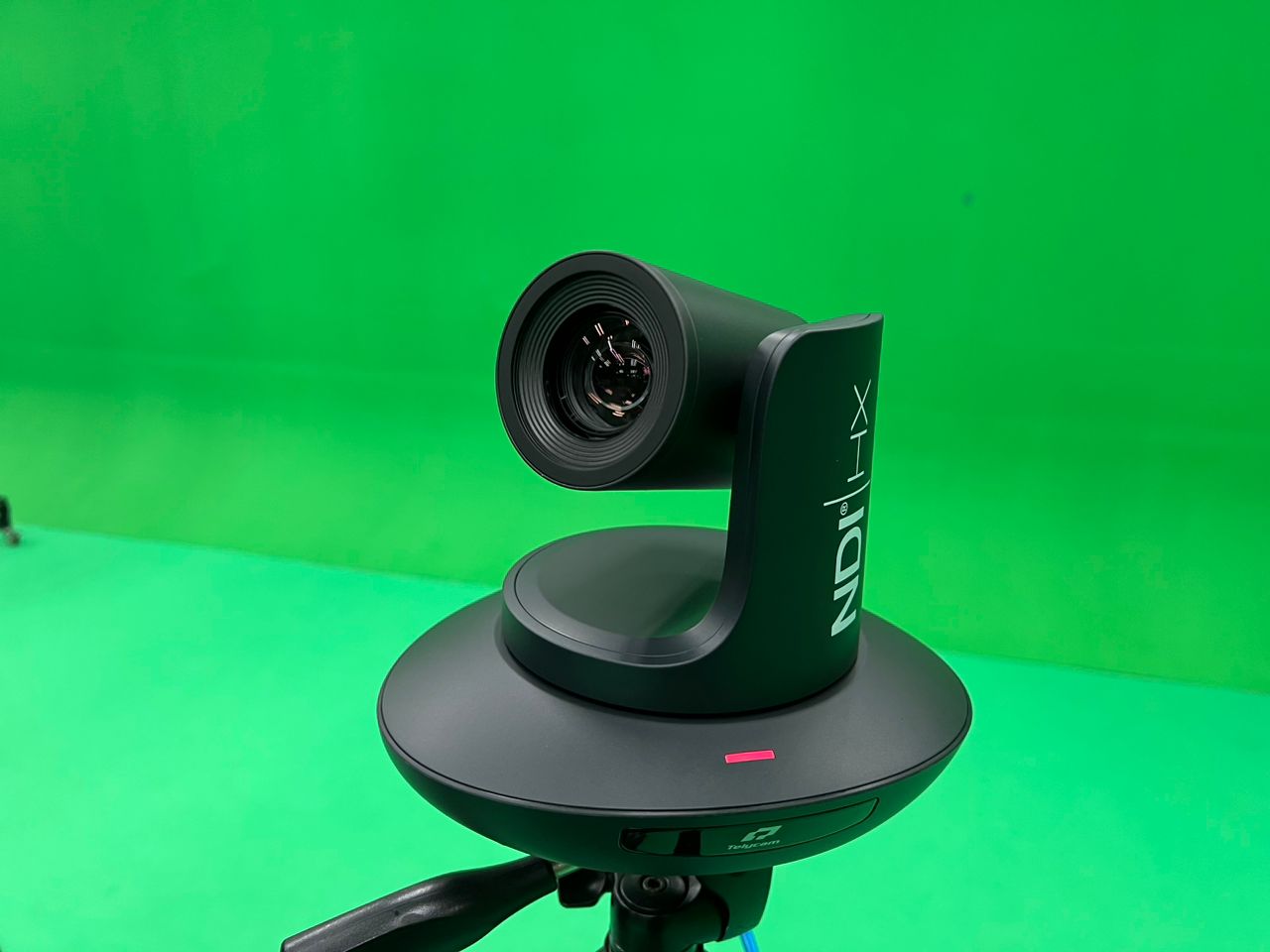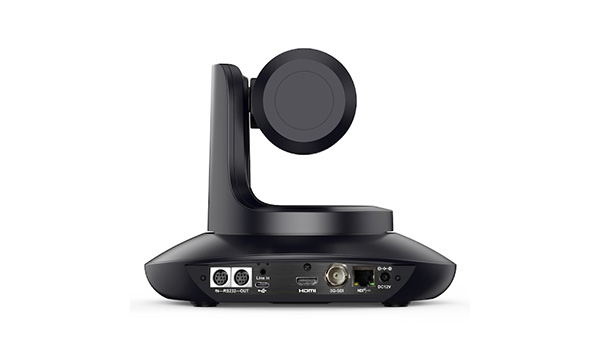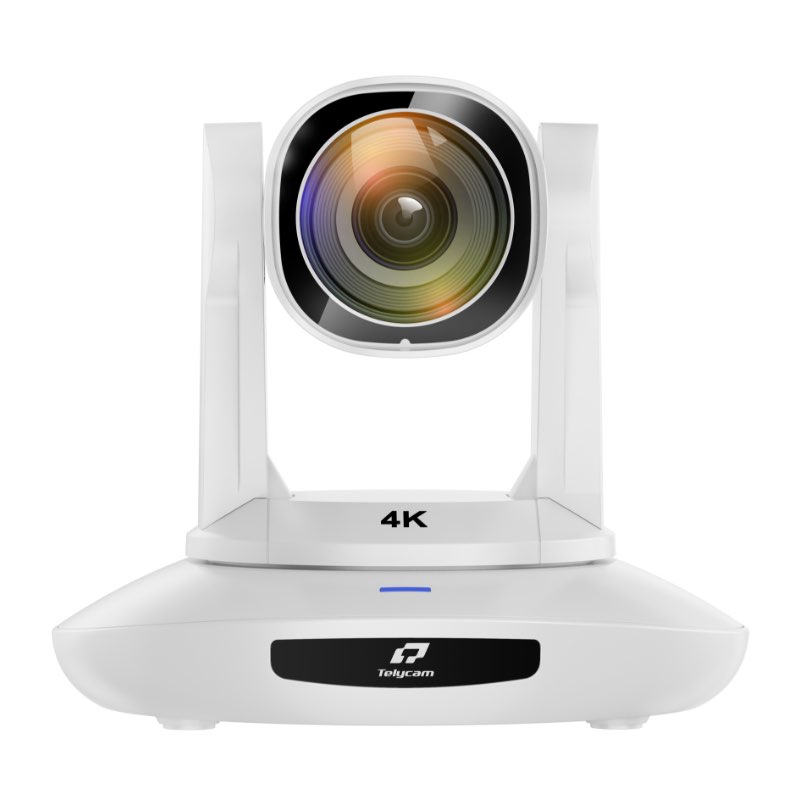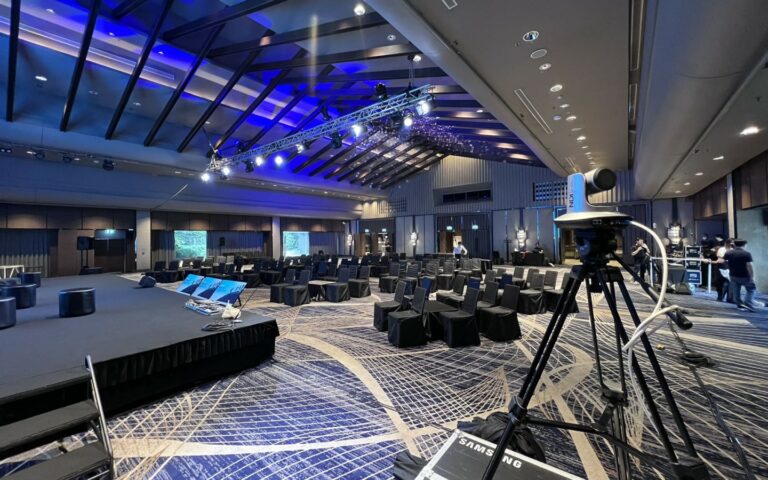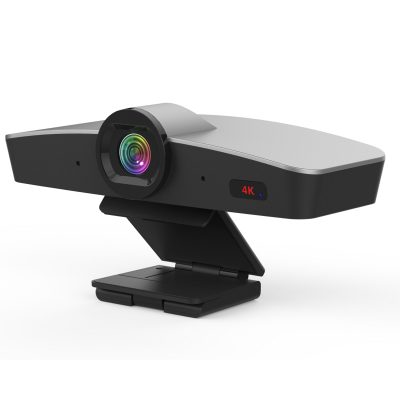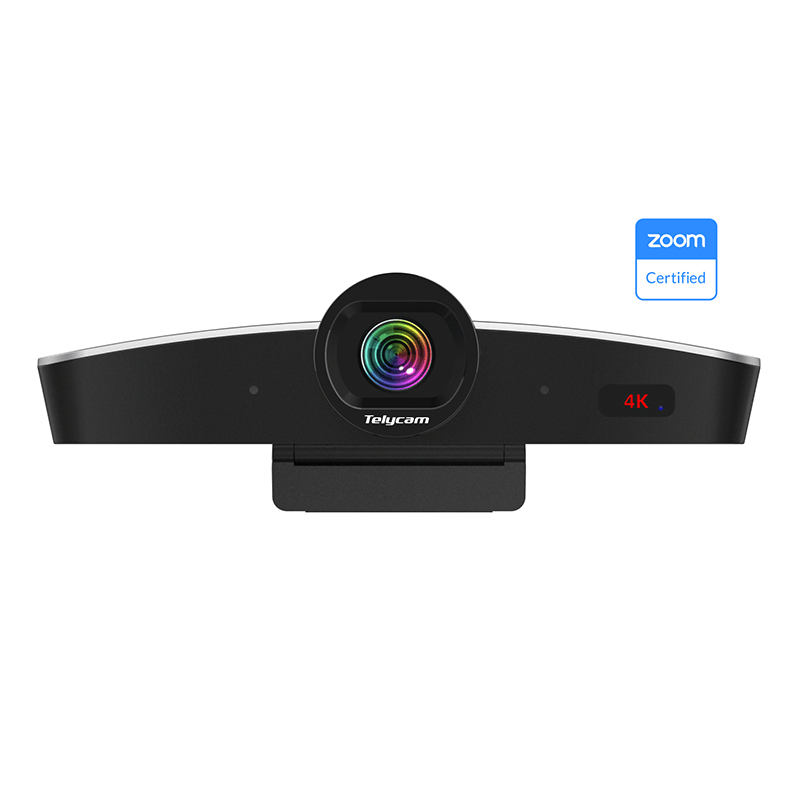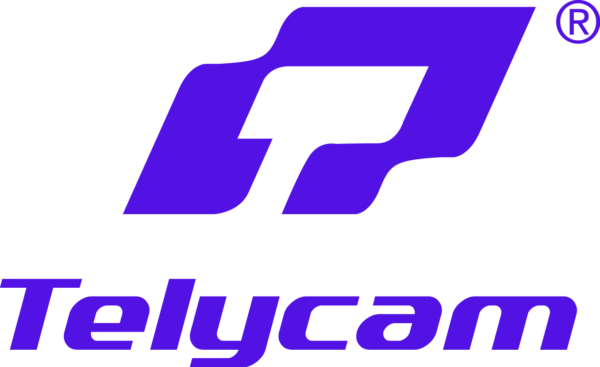Using the HDMI that came with your PTZ camera or a compatible one, connect your PTZ camera to your PC.
HDMI PTZ camera couldn’t connect to the PC directly, you need to prepare a “video capture card” and “HDMI to USB/Type C cable”. Connect the HDMI PTZ camera to the video capture card with the “HDMI to Type C/USB cable”, and then insert the video capture card into the computer.
After the capture card receives the HDMI input signal, it copies the video signal into two copies, one is directly sent to the loop outlet with zero delay output, and the other is converted into an identifiable signal by the capture card chip, and is converted into an identifiable signal through the computer’s own USB or Thunderbolt interface, output to the computer, the computer can save the signal as a video in real-time through software such as OBS.
Video capture card (Video Capture card), also known as the video card, is used for cameras including PTZ live cameras, video recorders, LD video disc players, TV output video data or mixed data of video and audio input into the computer, and converted into computer-identifiable numbers. The data is stored in the computer as an editable video data file.
The first function of the video capture card is to use it for live broadcasts. For example, when the game anchor needs to use the camera to live broadcast mobile games, use the video capture card + Type-c to HDMI interface conversion cable, one end is connected to the live camera, and the other end is connected to the computer, notebook auxiliary Live broadcast, supports various types of mobile games, such as King of Glory, Peace Elite, etc., and is also compatible with major live broadcast platforms.
The second function of the video capture card can be used with professional live broadcast software OBS to record video capture, such as common video conferences, distance education training, medical inspection, and collection, etc. Can also be used for connection between set-top boxes than notebooks.
